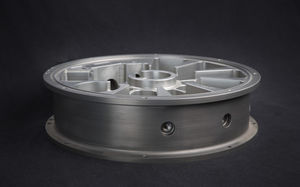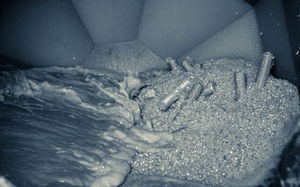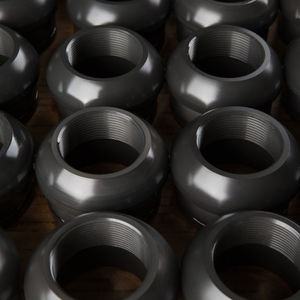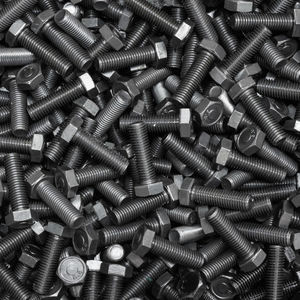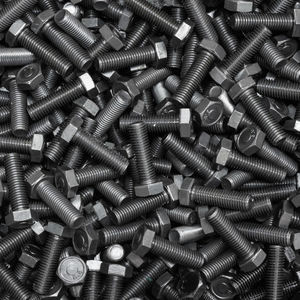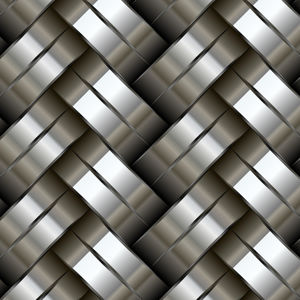
- Industrial machines and equipment
- Surface Treatment
- Sulfuric anodizing
- Industrial Metal Finishing

- Products
- Catalogs
- News & Trends
- Exhibitions
Sulfuric anodizing aluminumfor aeronauticsmilitary
Add to favorites
Compare this product
Characteristics
- Type
- sulfuric
- Type of substrate
- aluminum
- Applications
- for aeronautics, military
- Other characteristics
- with coloring
- Certifications
- ISO 9001
Description
Anodizing
Anodizing is the process of creating an aluminum oxide coating by making an aluminum part anodic while suspended in an electrolyte. The electrolyte most commonly used is 15% by weight sulfuric acid; however chromic acid is sometimes used for aircraft parts. The process takes anywhere from thirty minutes to one hour, and the thickness ranges from .3 mils to 2 mils. The aluminum oxide coating that is produced is porous by nature and has the ability to adsorb dye or exhibit an excellent anchor profile for paint. It can be also be sealed if these properties are non-desirable. Below is the most common specification for anodizing.
MIL-A-8625
Type II - Sulfuric Acid
Class 1 – Clear
Sulfuric acid anodizing produces an oxide coating on aluminum alloys that increases corrosion resistance and may also be used as a base for paint coatings. Other uses are for limited abrasion resistance, electrical insulation and for decorative purposes. Conventional sulfuric acid anodizing is most useful making aluminum parts more attractive and more corrosion resistant. The natural appearance of the aluminum oxide film is near transparent, and left as-is, it is known as clear anodizing. This is the most economical form of anodizing. The typical thickness ranges from .3 to .7 mils.
Related Searches
- Anodic oxidation
- Aluminum anodic oxidation
- Anodic oxidation with coloring
- Painting
- ISO 9001 anodic oxidation
- Passivation
- Painting on metal
- Galvanizing
- ISO 9001 passivation
- Hot dip galvanizing
- Steel passivation
- Aeronautic anodic oxidation
- Phosphating
- ISO 9001 phosphating
- Steel galvanizing
- Sulfuric anodic oxidation
- Cadmium plating
- Chromic anodic oxidation
- ISO 9001 galvanizing
- Aeronautic passivation
*Prices are pre-tax. They exclude delivery charges and customs duties and do not include additional charges for installation or activation options. Prices are indicative only and may vary by country, with changes to the cost of raw materials and exchange rates.

